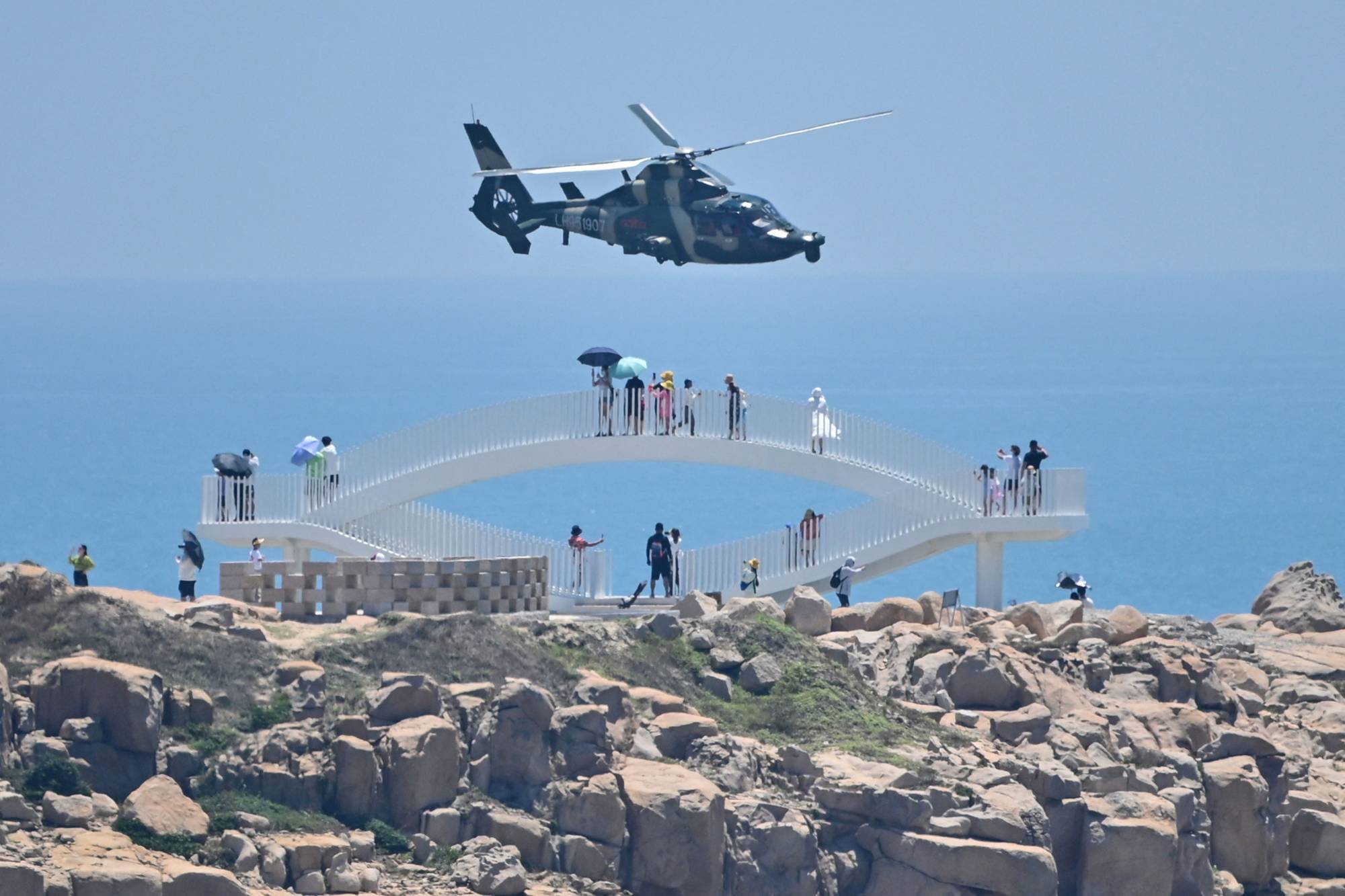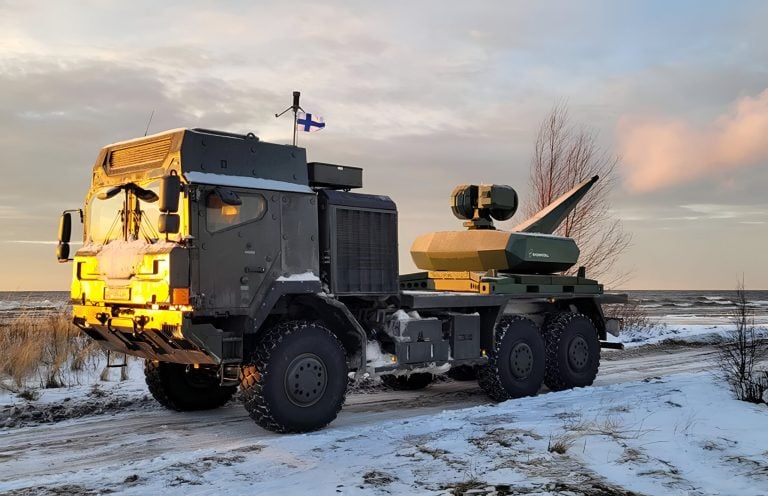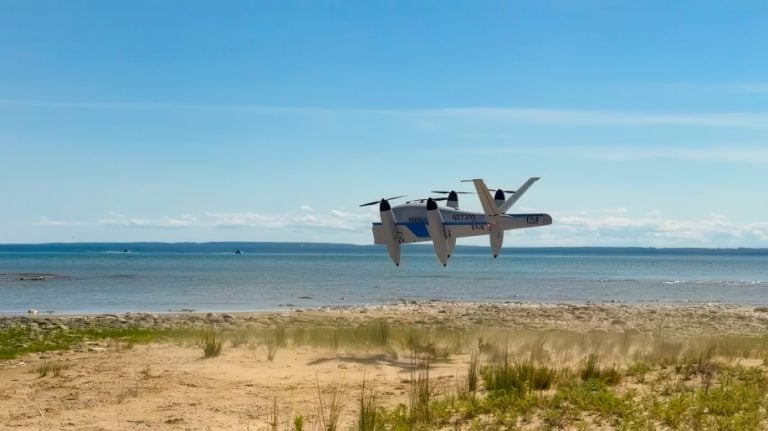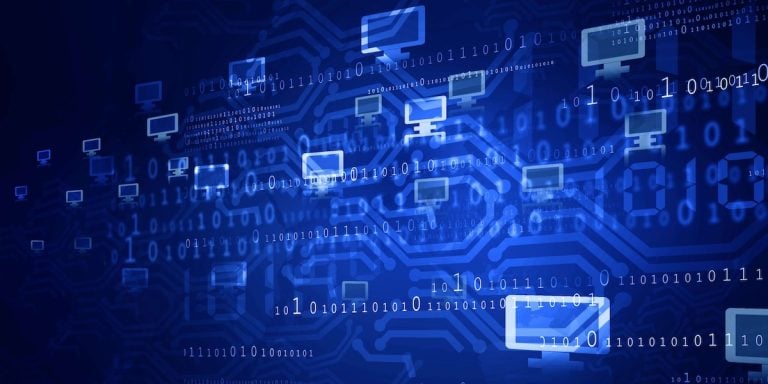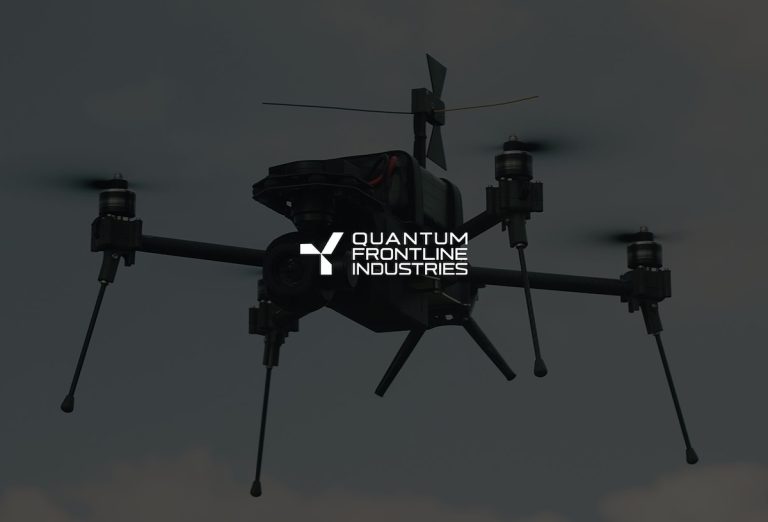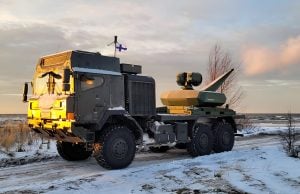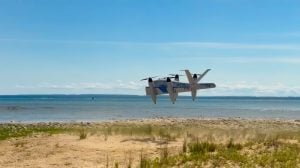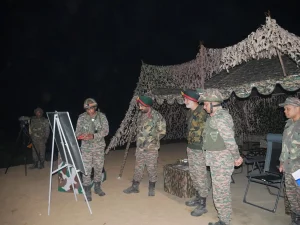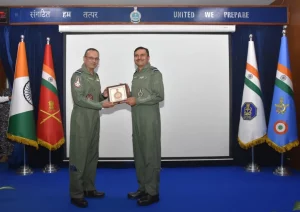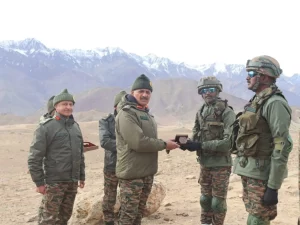China has initiated significant military exercises surrounding Taiwan, involving its army, navy, air, and rocket forces. These extensive drills are reportedly aimed at preparing for “precision strikes” and a possible blockade of the self-ruled island. In response, Taiwan has mobilized its own aircraft and naval ships, deploying land-based missile systems in anticipation of potential threats, and has labeled Beijing as the world’s “biggest troublemaker.”
The timing of these military maneuvers follows comments from U.S. Defense Secretary Pete Hegseth, who recently affirmed that the United States would maintain “credible deterrence” in the Taiwan Strait during his visit to Japan. Beijing has consistently opposed U.S. support for Taiwan, a territory that it claims as its own, and has threatened to use military force to assert control over the island.
Reports from Taiwan’s defense ministry indicate a significant Chinese military presence, with 19 warships, including the Shandong aircraft carrier group, stationed around Taiwan, marking the highest number of vessels recorded since May of the previous year. Tensions have notably intensified since Taiwanese President Lai Ching-te took office in May 2024. Lai, viewed unfavorably by Chinese authorities for his outspoken defense of Taiwan’s sovereignty, has characterized China as a “foreign hostile force” and has proposed strategies to counter increasing Chinese espionage activities.
Chinese officials have linked the exercises to a purpose of issuing a “stern warning and forceful deterrence” to those in Taiwan advocating for independence. The military drills encompass operations aimed at achieving “comprehensive superiority” in both aerial and maritime combat, as well as conducting “multi-directional precision strikes.” Visual materials disseminated by China’s military included a graphic labeled “closing in,” alongside animated representations that caricatured Taiwan’s leadership, signaling a strong message intended for both domestic and international audiences.
The Chinese coast guard also conducted what they termed “law enforcement patrols” around the island, contributing to the heightened atmosphere of tension. Zhu Fenglian, a spokeswoman for Beijing’s Taiwan Affairs Office, cautioned that pursuing a path toward “Taiwan independence” would lead the populace into a precarious situation.
Taiwan’s leadership has publicly condemned what it views as China’s escalating military aggression. Premier Cho Jung-tai asserted that using military force is not reflective of modern, progressive societies. Observers note that China has frequently carried out large-scale exercises around Taiwan, which are often interpreted as rehearsals for a potential blockade rather than a full-scale invasion. Some analysts suggest that a blockade might be a more feasible strategic option for China, given the risks associated with a direct military invasion.
Military experts from Taiwan have indicated that the current maneuvers are on par in scale with previous significant exercises, reflecting a potential shift in China’s strategies in response to international developments. Lin Ying-yu from Tamkang University posited that these drills, coinciding with Hegseth’s visit, could be a tactical move by China to assess the limits of U.S. resolve in the region ahead of an anticipated summit between U.S. and Chinese leaders.
As Taiwan plays a critical role in global semiconductor manufacturing, it remains a potential flashpoint for Sino-American tensions. The United States is legally obligated to supply arms to Taiwan, yet maintains a policy of “strategic ambiguity” regarding its military response should an attack occur. Recent statements from former U.S. President Donald Trump have raised concerns about the current administration’s commitment to Taiwan’s defense, emphasizing the stakes involved given the island’s pivotal role in global supply chains, particularly relating to the semiconductor industry.
The protracted dispute between China and Taiwan can trace its roots back to 1949, following the conclusion of the Chinese civil war, when nationalist forces retreated to Taiwan. While Taiwan asserts its identity as a sovereign nation, it has refrained from proclaiming formal independence, a critical threshold for Beijing. Only a few nations and the Vatican officially recognize Taiwan’s statehood, exacerbating the complex geopolitical dynamics in play.
